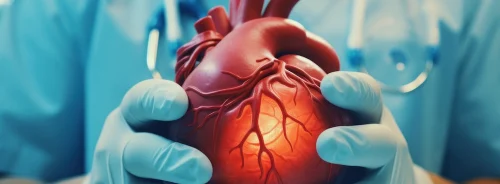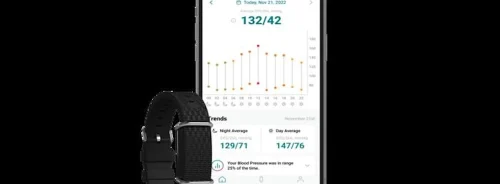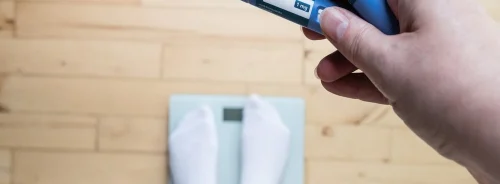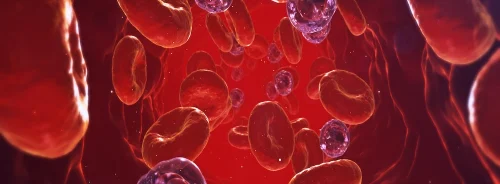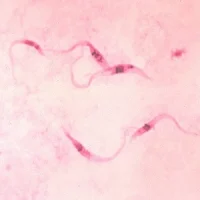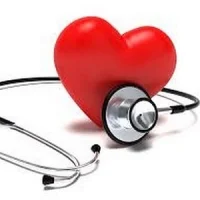In the not so far away future, it may be possible that a cardiac surgeon could repair a damaged heart with personalised parts that have been specially designed to fit the precise anatomy of a patient. This could be done without the use of any immune-suppressing drugs and by bypassing donor lists.
The concept may sound far-fetched today but in reality, this future may not be that far off. Already, doctors have been using 3-D printed models of organs and tumours to educate patients as well as plan surgeries. In fact, some printed body parts have actually been used in human bodies in the form of dental implants, prosthetics, skull and facial reconstructions and so on. In addition, researchers have been working on printing out cells, blood vessels and other living tissues. Experimental studies have been conducted with other parts, bones, artificial ears and knee cartilage.
Experts believe that 3-D printers could become routine tools for heart care in the future and some optimistic scientists have gone so far as to suggest that in the not-so-distant future, customised patches and even full-fledged beating hearts could be implanted into a patient's body.
Daniel Jones, chief of minimally invasive surgical services at Harvard Medical School in Boston says that the 3-D jet printer could be transformative and could change the way doctors talk to patients and plan and do surgeries. The possibilities with this technology are endless.
Currently in cardiology, the use of 3-D models is limited to educational use. But as Paul Iaizzo, Associate Director of the Institute for Engineering in Medicine at the University of Minnesota in Minneapolis points out, with detailed replicas using 3-D imaging, surgeons could plan more accurately and also reduce procedure times.
Iaizzo and his team have printed models of 17 children's hearts with congenital deformations. They studied these models and showed the parents what could be done to repair the damage and the risks involved. He also adds that the medical device industry has frequently used 3-D models to design and test new products.
Harvard Medical School cardiac anaesthesiologist and echocardiographer Feroze Mahmood has been printing full-size replicas of patients' damaged mitral valves. The insights he gained have helped him and his colleagues better understand treatment options for patients. “For most people, it is an ‘aha’ moment,” says Mahmood, who is researching the possibility of printing patient-specific valve parts that would be safe to use in surgeries. “What I foresee is that . . . we will be 3-D printing everything we operate on before surgery. Instruments, grafts and materials will all be customised and will be printed on-site.”
All this seems like science fiction right now but a time will come when this could be both conceivable and achievable.
Source: Washington Post
Image Credit: Pixabay
Latest Articles
3D Imaging, Future of Heart Surgery, 3-Dmodels, heart disease, heart repair
In future, a heart surgeon may be able to repair a damaged heart with personalised parts that have been specially designed to fit the precise anatomy of the patient. Sounds far-fetched? Not so much.

